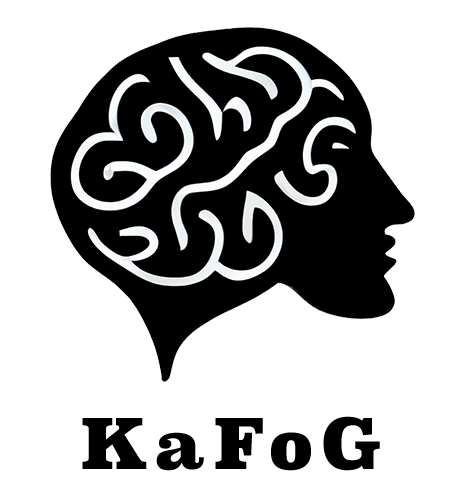In a Mind-Blowing Video, Fireship demonstrates how he connected a device called the Crown to GPT-4 using basic JavaScript programming. This experiment enabled him to communicate with GPT-4 using just his thoughts.
The Crown, a wearable device that sits on your head, is similar to Neuralink, but instead of implanting a chip into your brain, it uses tiny electrodes on the back of your head to measure brainwaves. The Crown can be linked to a mobile application through either Bluetooth or Wi-Fi, which offers a range of features for enhancing concentration and obtaining raw data in JSON format.
This incredible experiment provides a glimpse into a future where humans, particularly the wealthy ones, can access all the knowledge in the world not just through their fingertips but also through their own brain. Let’s dive deeper into this subject within the confines of this article.
The Crown: How It Works
The Crown works by measuring brainwaves with tiny electrodes on the back of the head. The device then connects to a mobile app via Bluetooth or Wi-Fi. The Crown offers features that aid in enhancing focus and allow access to raw data in JSON format
To use the Crown, you wear it on your head, and it connects to the app on your phone or tablet. The device then reads your brainwaves and translates them into commands for GPT-4. With this setup, you can use your thoughts to communicate with GPT-4.
The Potential of Brain-Computer Interfaces
This experiment offers a glimpse into the potential of brain-computer interfaces. While the Crown is still in its early stages, it shows promise for the future of human-computer interaction.
In the past, we’ve relied on keyboards, touchscreens, and other physical interfaces to interact with computers. With the Crown and similar devices, we can potentially communicate with computers using only our thoughts. This would be a huge leap forward in terms of accessibility, especially for people with disabilities.
The Implications of a Transhuman Cyborg Future
The idea of connecting our brains to machines raises some interesting questions. If we can access all the knowledge in the world through our own brains, what would be the role of education? Would we even need to go to school anymore?
Additionally, if brain-computer interfaces become widespread, it could lead to a new kind of inequality. Wealthy people who can afford the technology would have a significant advantage over those who can’t.
Furthermore, as we continue to blur the line between humans and machines, it’s important to consider the ethical implications. What does it mean to be human if we can enhance our abilities using machines?
The Limitations of Current Brain-Computer Interfaces
While the Crown is an exciting development, there are still many limitations to current brain-computer interfaces. For one, the technology is still in its infancy, and it will take time to develop more advanced devices that can reliably read our thoughts.
Additionally, there are concerns about the safety and potential side effects of connecting our brains to machines. We still have much to learn about how the brain works and how it interacts with machines.
Conclusion
The Crown experiment is a remarkable example of how technology is rapidly advancing and changing our world. While brain-computer interfaces offer great promise, we must also be cautious about their potential implications. As we continue to explore this technology, it’s important to consider the ethical and societal implications and ensure that we use it for the greater good.
FAQs
- What is GPT-4, and what can it do?
- GPT-4 is an artificial intelligence language model capable of generating human-like text and answering questions based on context.
- How does the Crown device work?
- The Crown measures brainwaves with tiny electrodes on the back of the head, providing a non-invasive way to connect with machines. The device connects to a mobile app via Bluetooth or Wi-Fi and provides utilities for improving focus and accessing raw data in JSON.
- What are the potential applications of connecting GPT-4 to the brain?
- Connecting GPT-4 to the brain could provide limitless potential for learning and discovery, revolutionizing fields such as medicine, engineering, and science. It could also transform the way we communicate, allowing for seamless translation and instant communication between languages.
- What are the ethical implications of transhumanism?
- The development and use of transhumanism must

